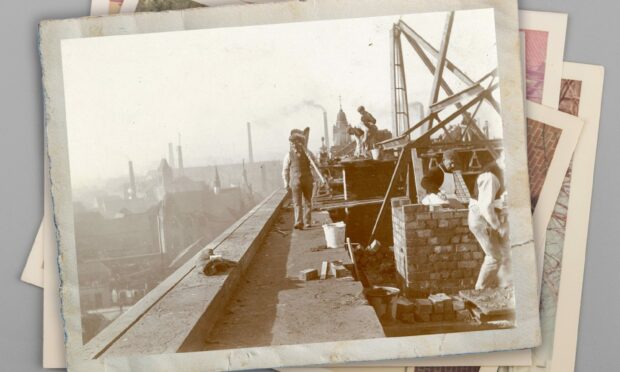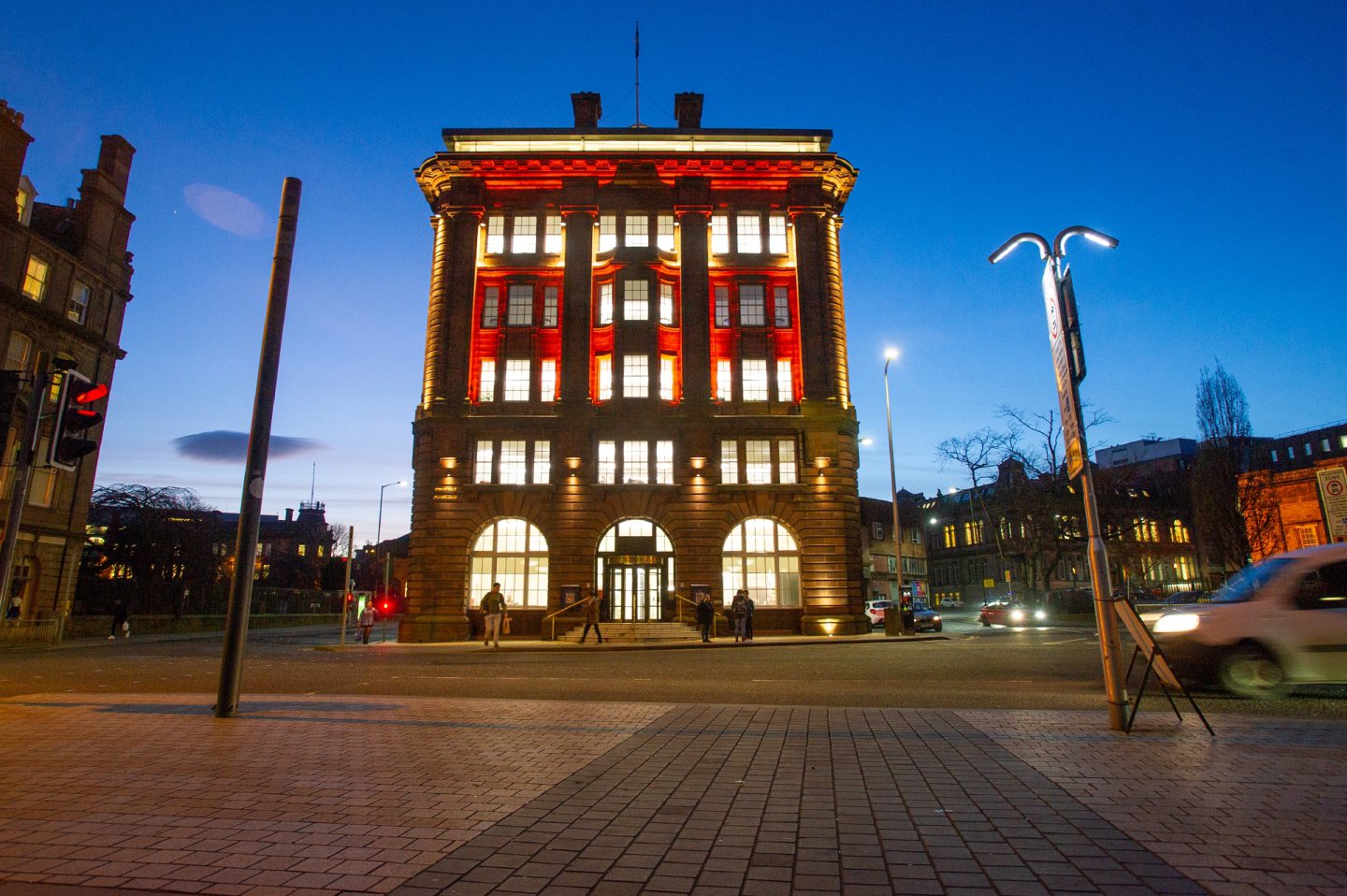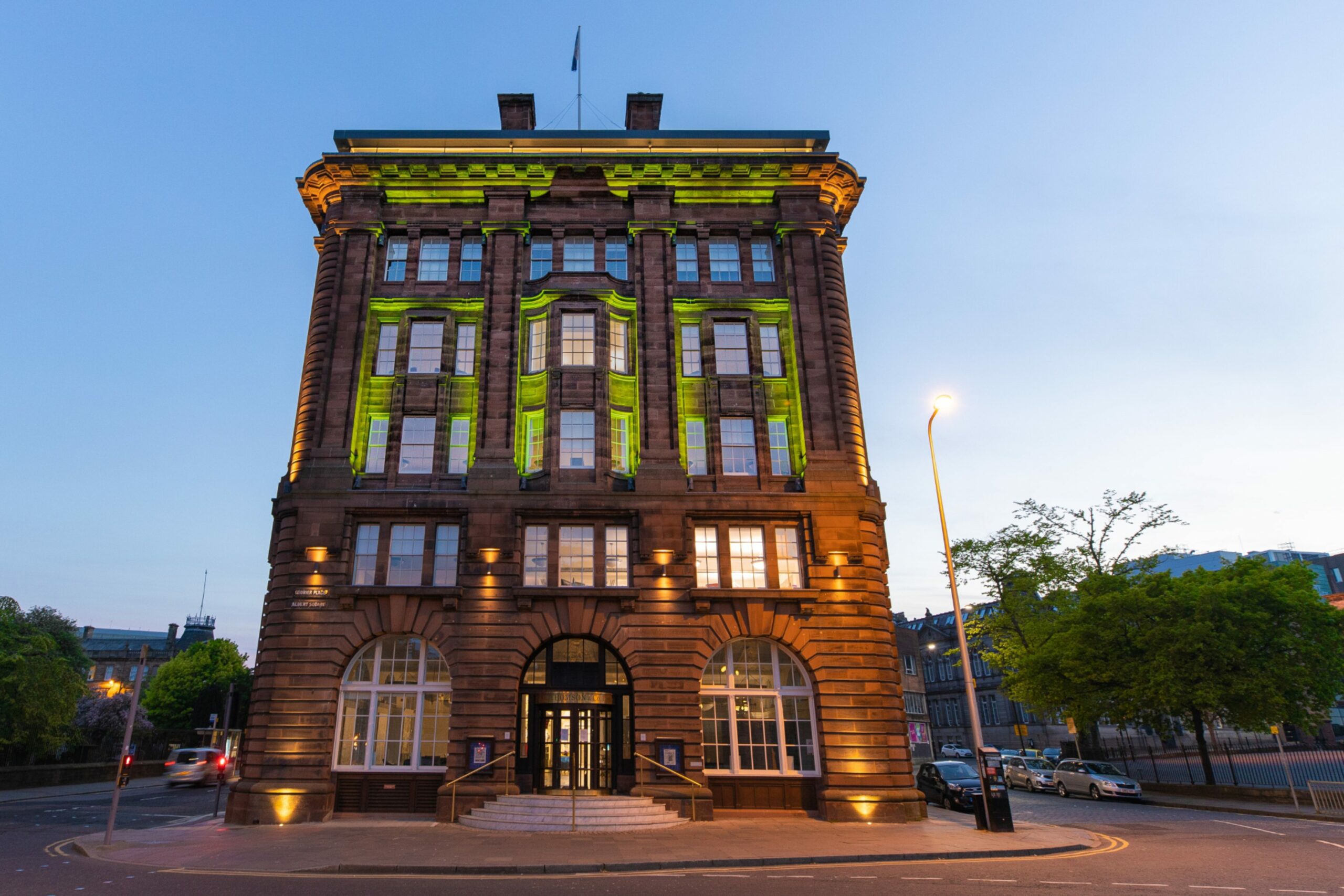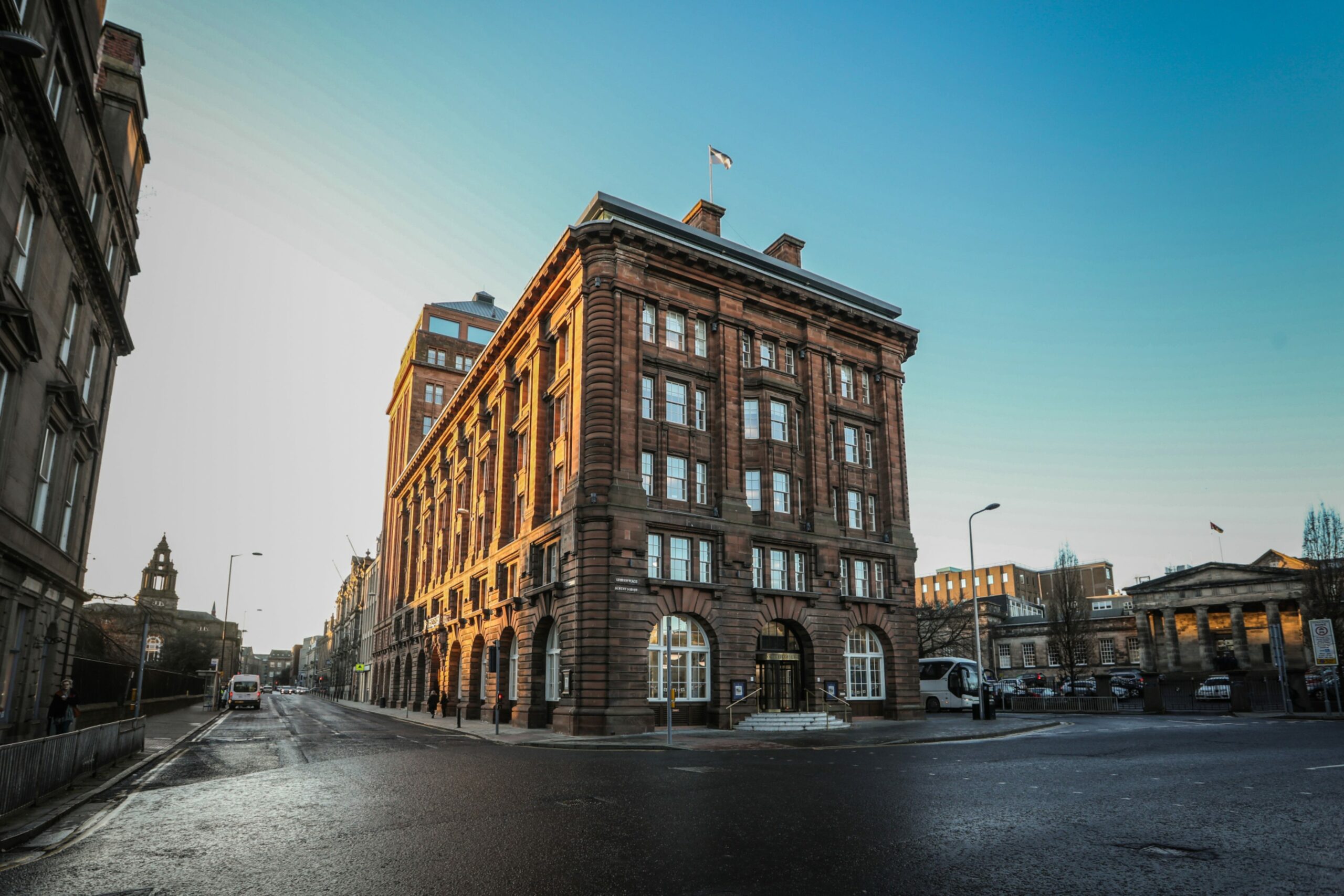These amazing images chart the construction of DC Thomson’s Meadowside building, which was influenced by the architecture of New York and Chicago.
The forgotten photographs have been published to mark 130 years since DC Thomson purchased the old Post Office building that stood on Albert Square.
The successful £11,500 bid was more than £1.5 million in today’s terms.
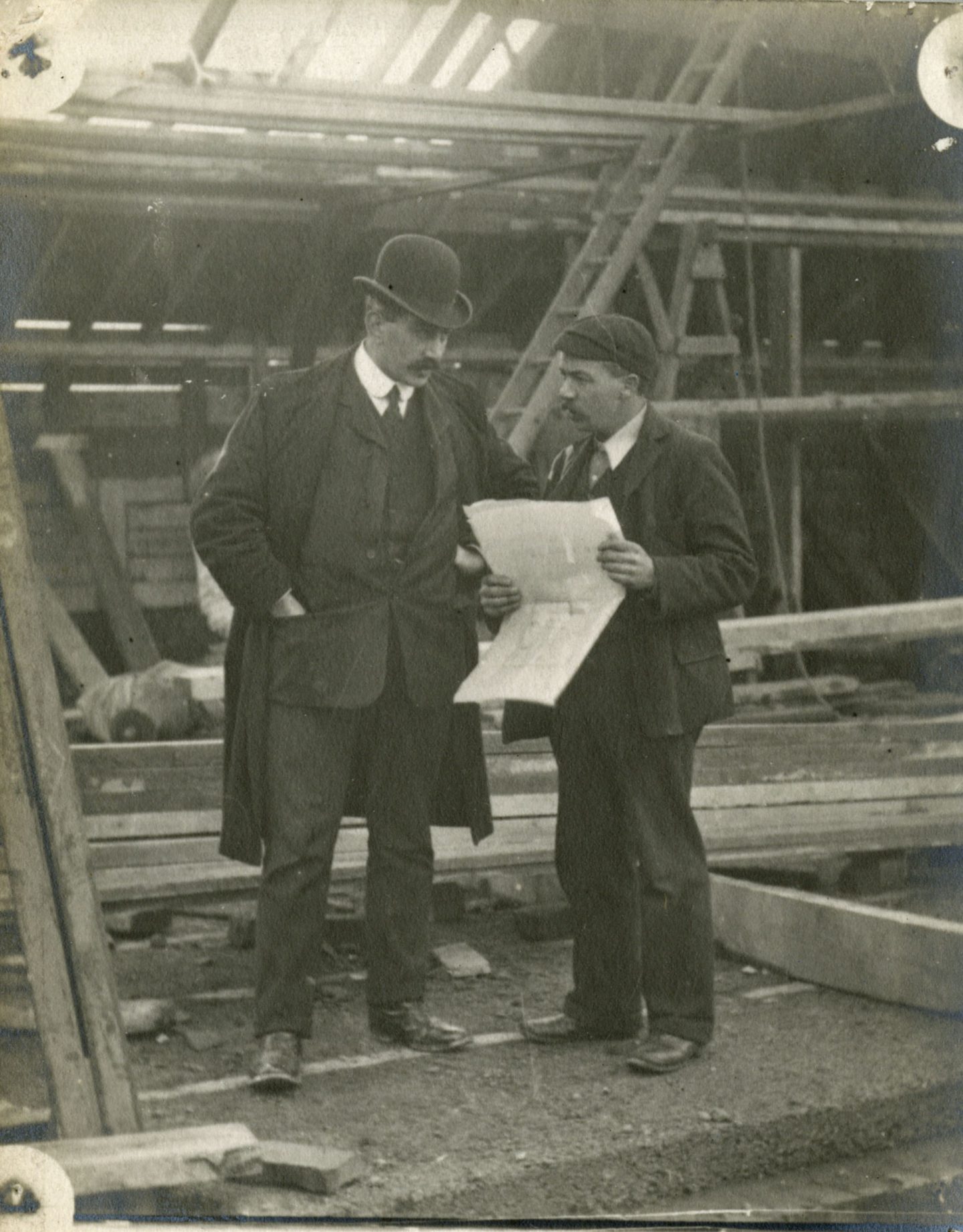
Once a public park and archery ground, Albert Square was then the beating heart of Dundee’s business and commercial community.
It was home not only to the tramway terminus, but to the Albert Institute with free and reference libraries; the city’s museum and picture gallery; its stock exchanges; the National, Aberdeen and Union banks; Northern, Caledonian and Queen insurance company offices; the YMCA gymnasium: the Eastern Club; Dundee High School; Lamb’s Hotel and many solicitors, shipping agents, shops and other offices.
Back then, it was the growth of The Courier and Weekly News that allowed David Couper Thomson to outgrow his printing and editorial offices at 34 Lindsay Street.
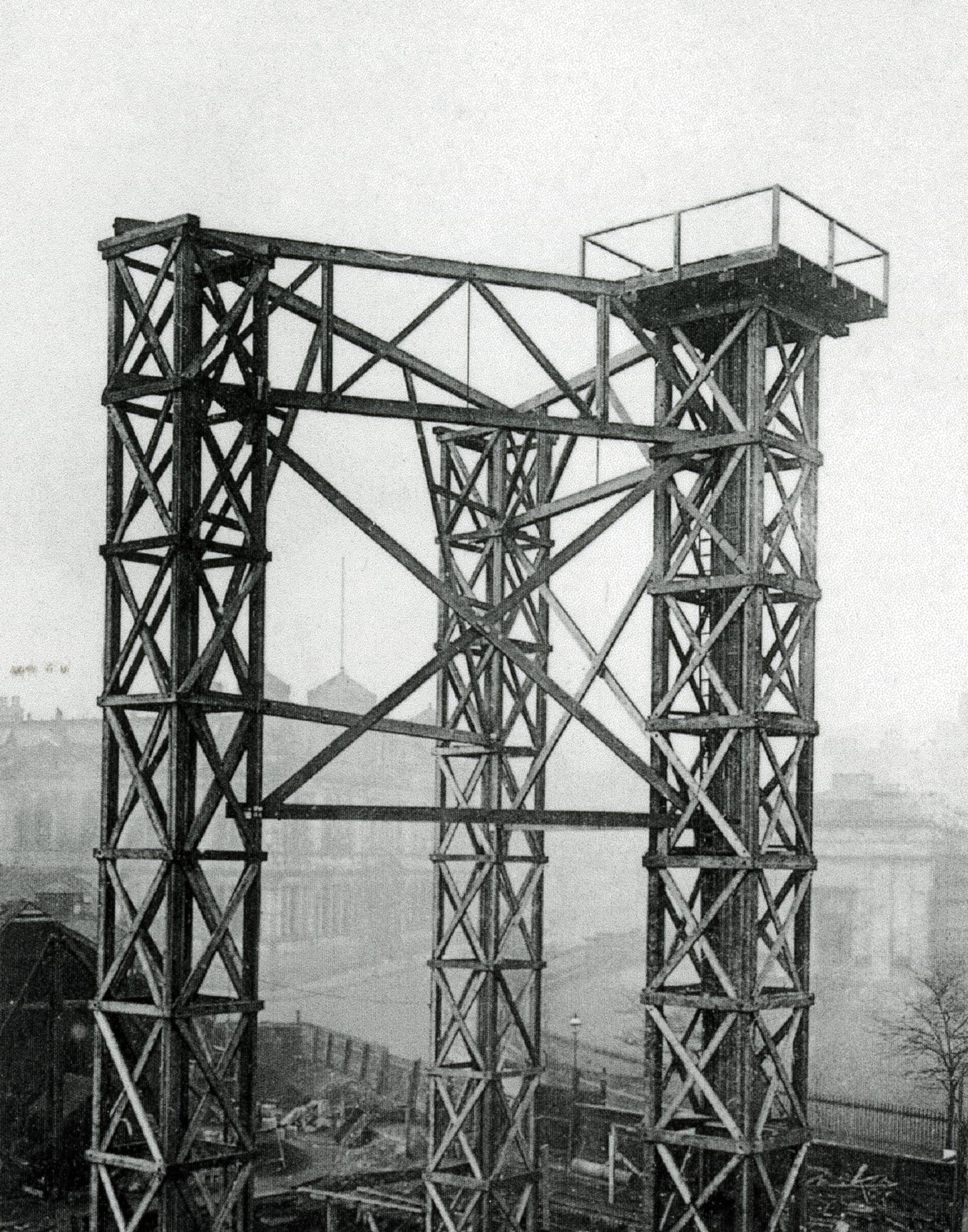
In anticipation of a move to a larger site, DCT, Frederick Thomson and Courier editor John Mitchell completed several trips to the US to evaluate printing works.
DCT was particularly influenced by what he saw in American newspaper offices on visits to Chicago and New York, notably the famous New York Times building, with its similar Renaissance Revival style and architectural elements such as street-level arches, mansard roof and internal elevators.
Dr Norman Watson, DC Thomson company historian, said thankfully the purchase price was only payable on delivery of the site because matters hardly went to plan.
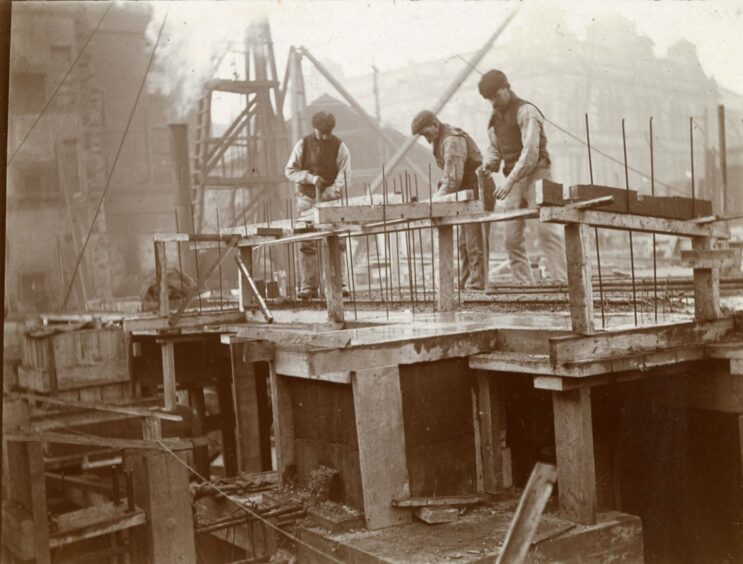
The GPO in London stalled at every opportunity before claiming the government had not released funds for Dundee’s new Post Office, planned for the corner of Meadowside and Constitution Road.
Despite DCT’s frustration and a flurry of angry letters to Edinburgh and London, it took many faltering years for the PO to make a start to its new building.
The effect of this was that construction work on the DCT HQ did not begin until 12 years after the site’s purchase.
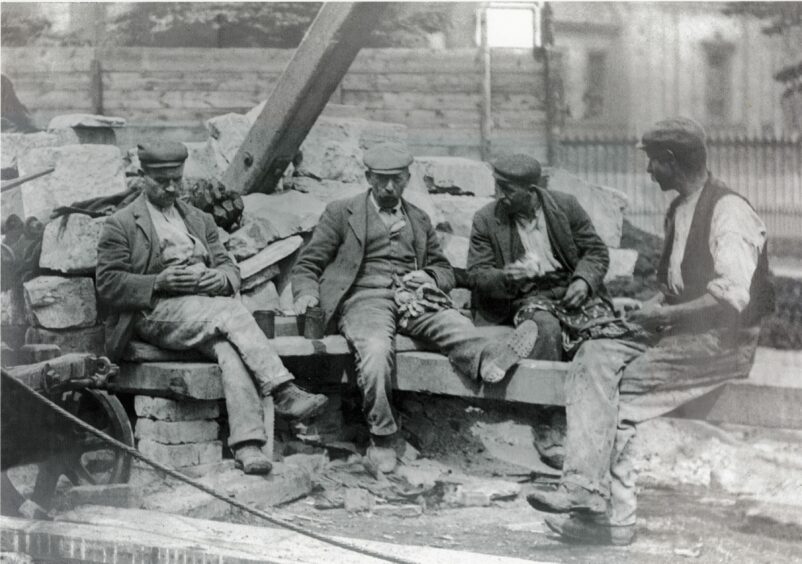
The location may have been the best in the city, but it was also on the edge of a bog and Dundee’s ancient Scouring Burn flowed below its historic Meadows.
Borings then found rock at 57 feet and a mammoth piling operation began.
Dr Watson said 150 great concrete columns were driven into the ground – one of the first times stone had been used for piling anywhere in Scotland.
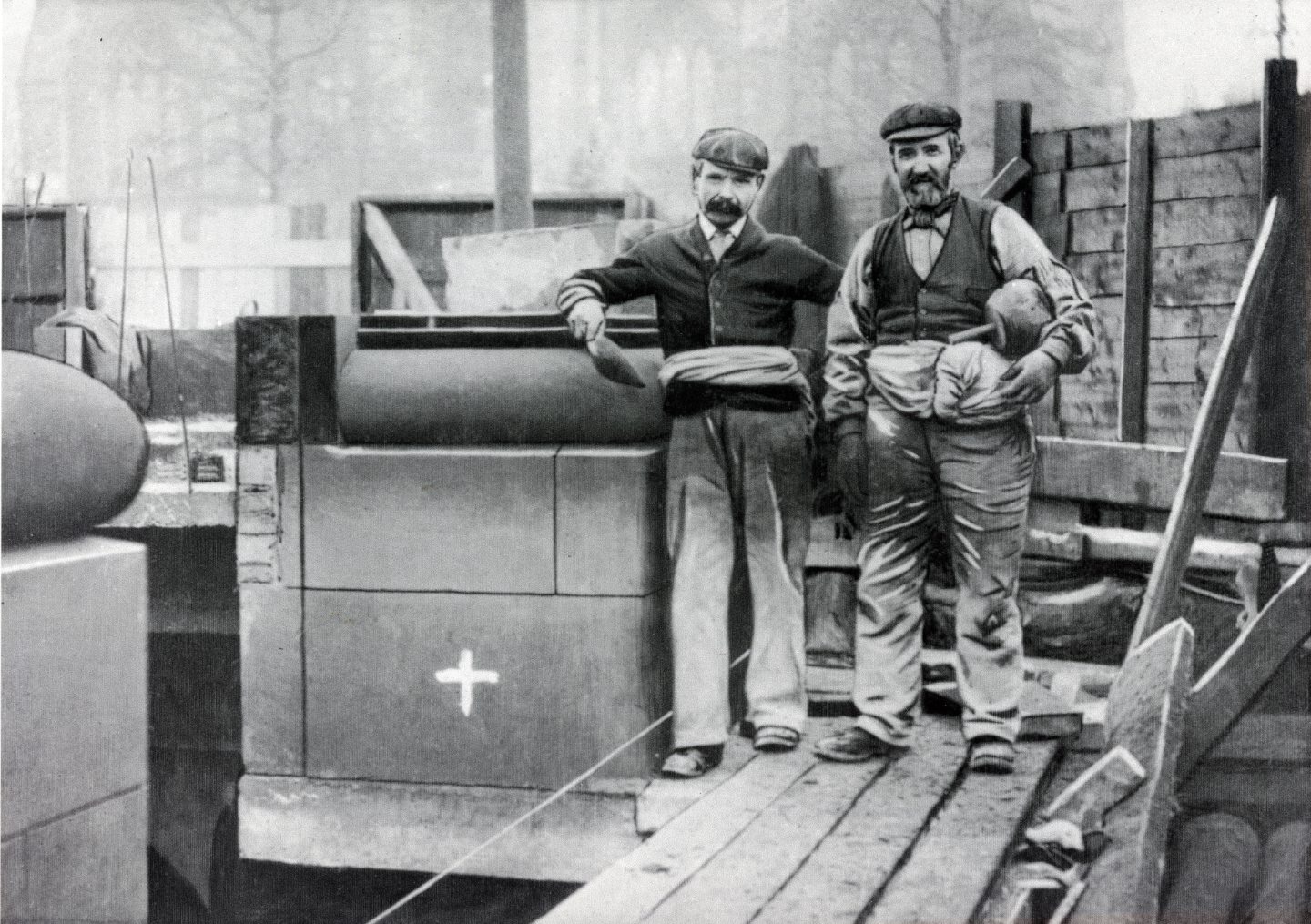
From 1904 300 men from 50 different crafts worked on the project. The exterior red sandstone cladding came from Closeburn Quarry in Dumfries.
Great pains were taken to fireproof the building and wood was not used in any part of the five-floor structure.
Even the roof was concrete. Fresh in the memory perhaps was the spectacular blaze two years earlier which had destroyed James Keiller’s adjacent Albert Square confectionary factory.
Other innovations included pneumatic tubes, which whisked reporters’ copy up to the fifth-floor case room, and extensive telephone and central heating systems.
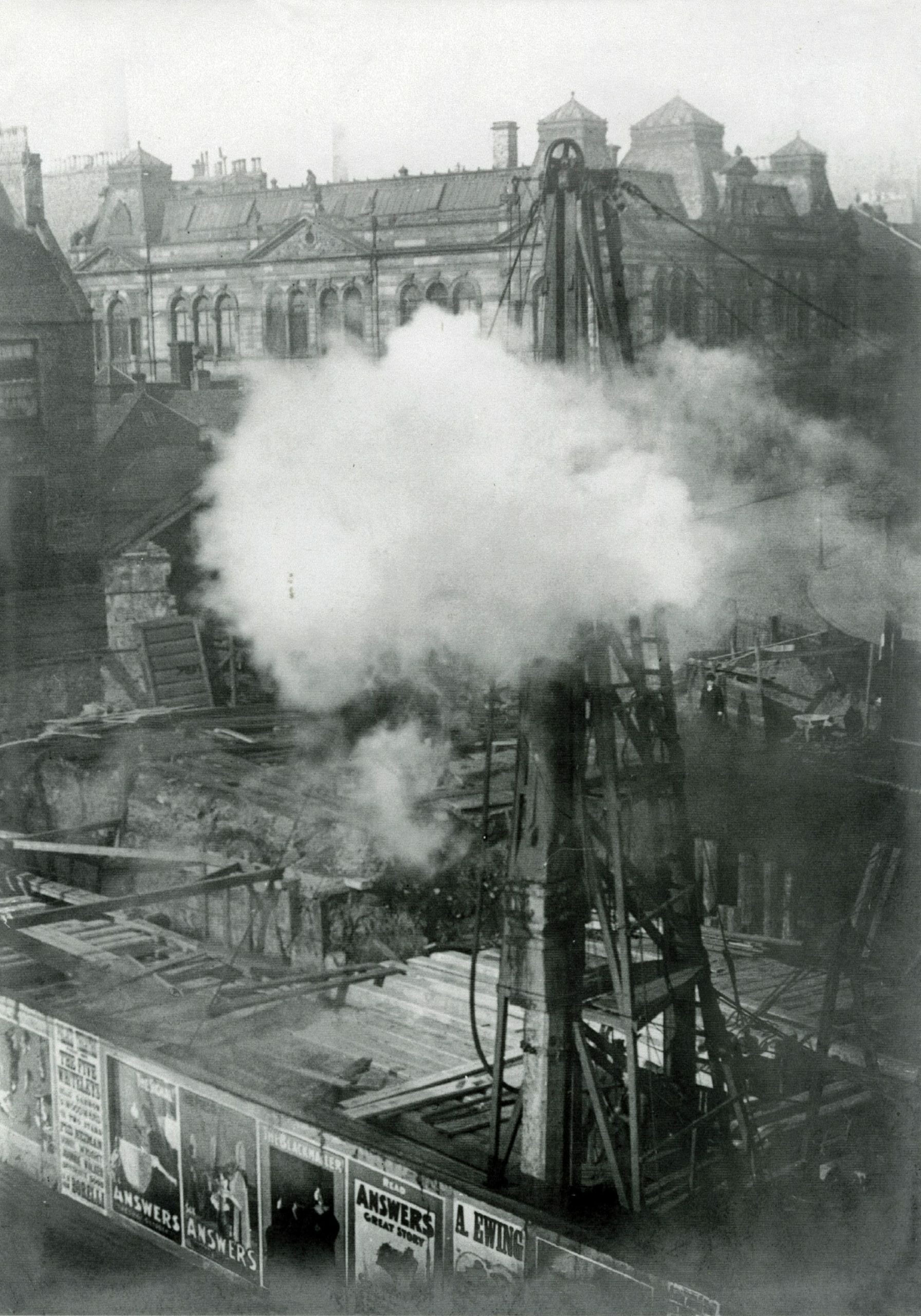
Two fast and silent lifts carried staff, and a third catered for ‘dirty’ items linked to printing. A postal chute ran from the top floor to the foyer where collections were made.
Dr Watson added: “In total, the purchase of the site and the new Renaissance-styled building cost £60,000 – over £7 million today.
“Christened ‘Courier Buildings’ and dominating the west side of Albert Square, the company’s new home was one the most advanced buildings in Europe and far removed from the city’s traditional streetscape of tenements and mills.
“And most astonishing of all, the 320 DC Thomson staff were at their desks by June 1906, less than two years after the foundation stone was laid.
“Generations of journalists have since passed below the sculptures of Literature and Justice above the staff entrance in Ward Road.”
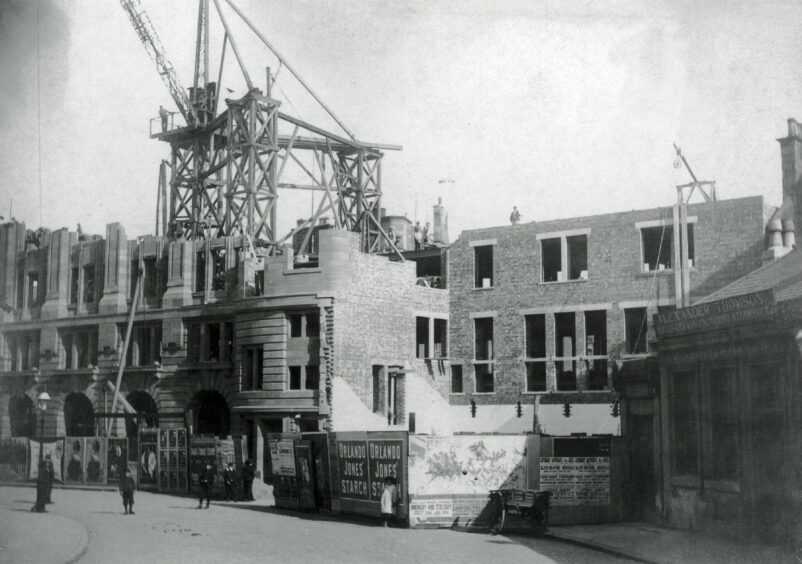
In just 20 years the Thomson family had taken the Weekly News from 60,000 to more than 300,000.
The Courier was selling 25,000 daily – the most by any paper north of the Forth. The Weekly Welcome, launched in 1896, was topping 100,000.
The Red Letter had arrived in 1899 and the Evening Post the following year, as a rival to John Leng’s Evening Telegraph, one of the publications the rival employer produced from Bank Street.
In time, DC Thomson would absorb the Bank Street newspaper office into its operations, as well as constructing a new print facility on the south side of the street.
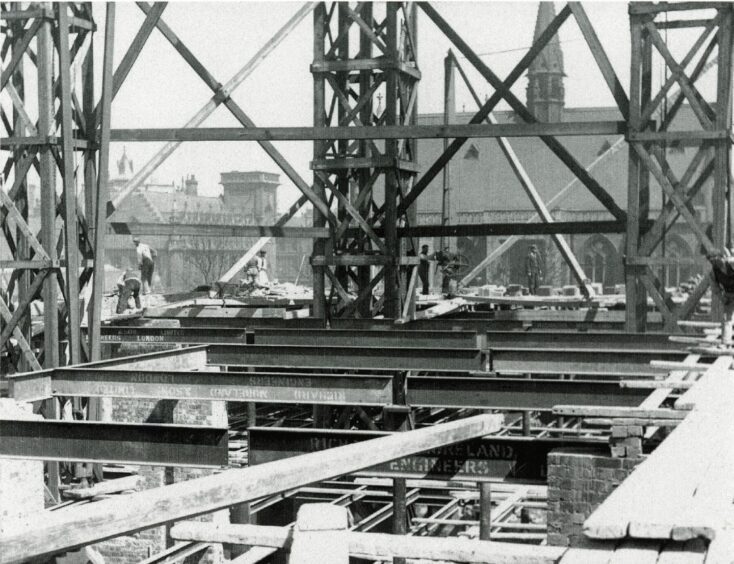
Dr Watson said: “From Meadowside in the 1920s emerged the ‘Famous Five’ boys’ papers – the Adventure, Rover, Wizard, Skipper and Hotspur – in which creativity, spontaneity and imagination won a huge new school-age audience.
“The Scots Magazine was purchased in 1927 and 1936 brought Oor Wullie and The Broons.
“The Dandy (1937) and Beano (1938) then introduced Cow Pie and Cactusville to our language.
“Through such comics and characters, generations of youngsters came to realise the pleasure gained from reading, often leading to a lifetime’s love for, and interest in, the written word.
“By the mid-1950s, 22 different publications thundered from the firm’s presses and there was hardly a home in Britain into which a Thomson title did not find a way.
“And as the procession of household-name titles flowed, more and more space was required by a business that now employed 1,800 staff in Dundee and boasted an annual readership of 650 million.
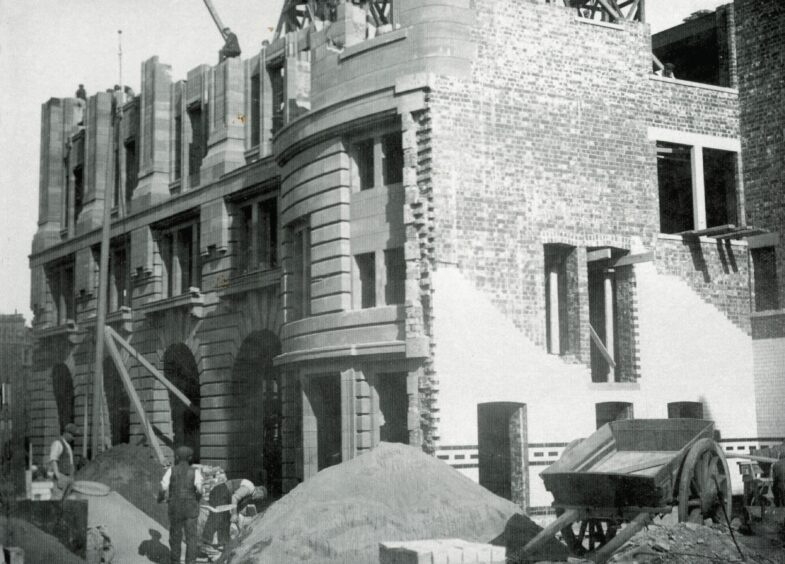
“In March, 1963 a 10-storey extension was added to Meadowside using the same sandstone from the reopened Dumfries quarry.
“The extra space allowed new teenage titles such as Jackie and Romeo to join the family favourites My Weekly and People’s Friend, and provided a home for newcomers such as Mandy, Debbie, Victor, Hornet and Warlord.
“Here, too, were the first steps taken in licensing the company’s most popular brands, a fruit that would ripen in the years ahead.
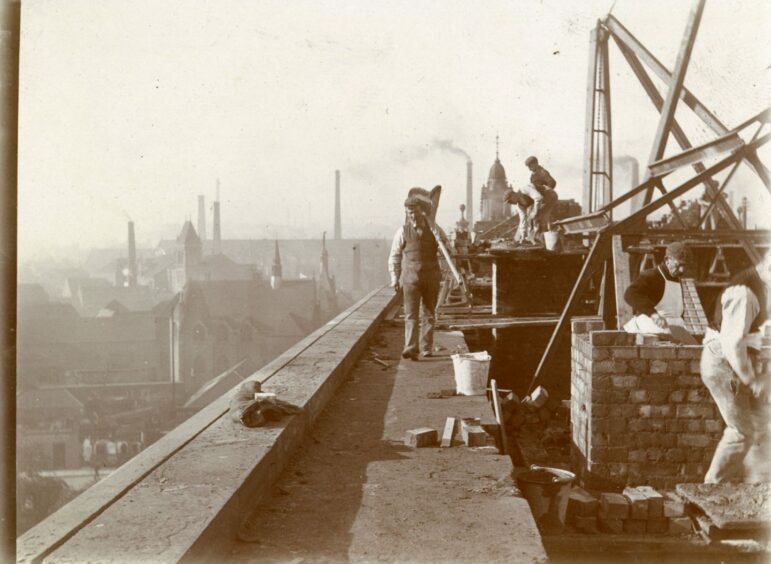
“In the 1970s, the Sunday Post and Weekly News joined the Dandy, Beano, Topper and Jackie in reaching weekly sales over a million, while the firm’s parent paper, The Courier, had proudly become Britain’s biggest-selling regional daily.
“Not even a near-catastrophic fire in the tower block could stall the steady progress and, after 100 years of successful occupation, the directors – all descendants of the firm’s founders – boldly planned and enacted a major refurbishment to take Meadowside into its second century.
“In 2012, all staff moved to temporary office accommodation at Kingsway, as work began to remove and replace the roof and to carry out the internal modifications required to convert Meadowside into modern office space.”
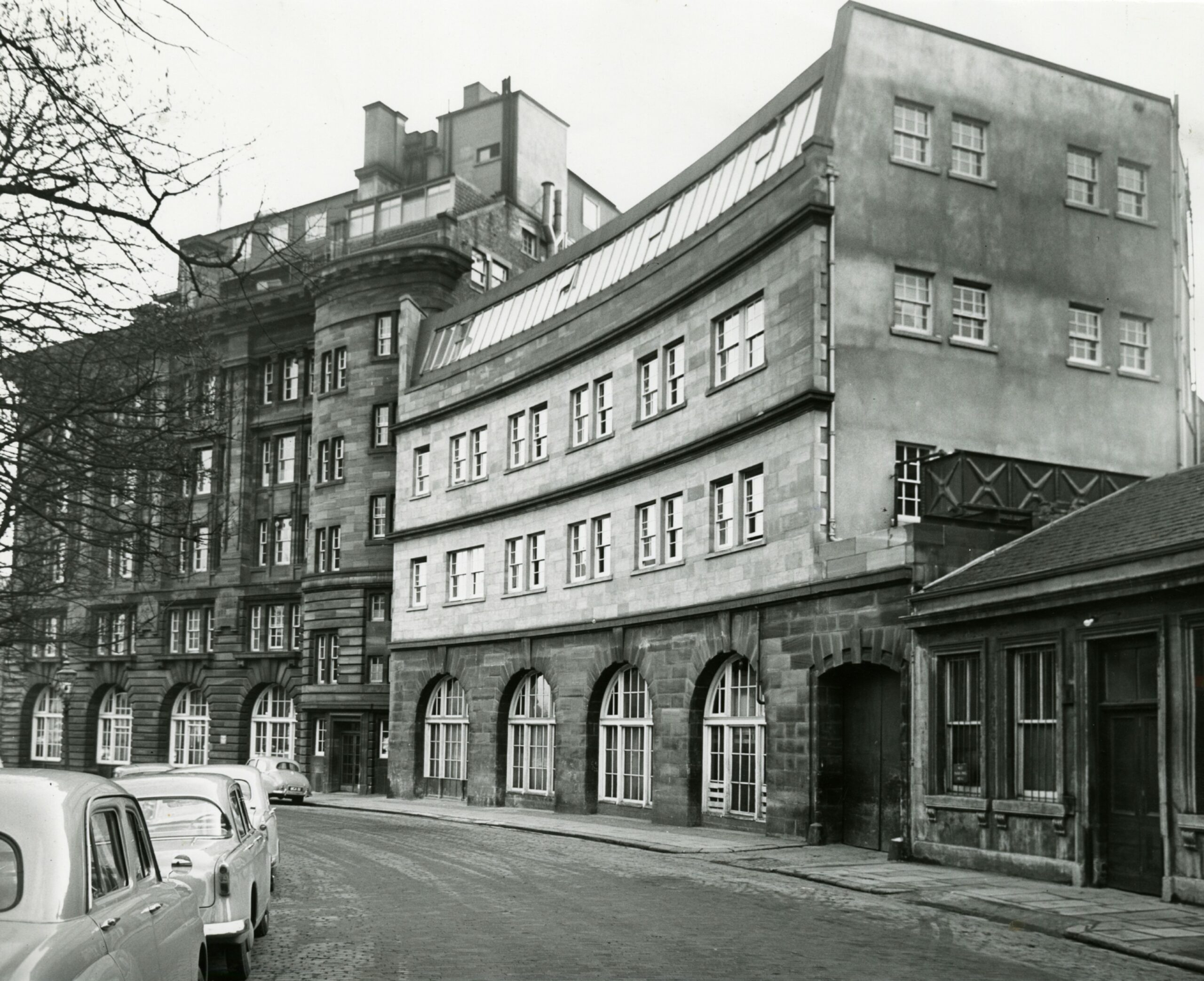
Five years after the project began, the extensive ground-to-roof renovation was complete and 600 staff returned to the historic Albert Square building.
More like this:
Carolina Port: When chimney stacks that dominated Dundee came tumbling down
